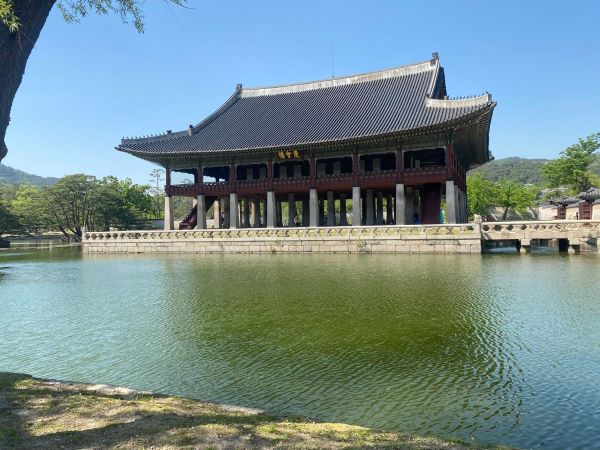
I felt like I had truly traveled back in time to the Joseon era. It was indeed a surreal experience which was made even better by classical Korean music playing in the background
By Dr. Rohel Aijaz
SEOUL
The month of May had just begun. The day was hotter than usual, yet I was excited for what lay ahead. It was my second day in Seoul and I had decided to visit Gyeongbokgung Palace.
After having a Kimchi pancake for breakfast at a restaurant right next to our hotel in Jongno district, I left for my destination.
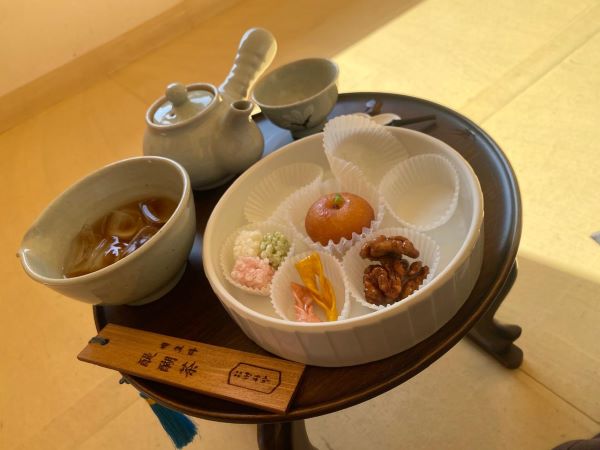
Upon arriving at Gwanghwamun Square on Sejongno – a street named after King Sejong the Great of the Joseon Dynasty, I stepped out of the car and it took me a while to process that I was surrounded by modern high-rises on one side and a centuries-old palace on the other.
In order to have a genuine and memorable experience of Korean culture, I decided to rent a Hanbok – a traditional Korean dress that comes in many different colors and patterns.
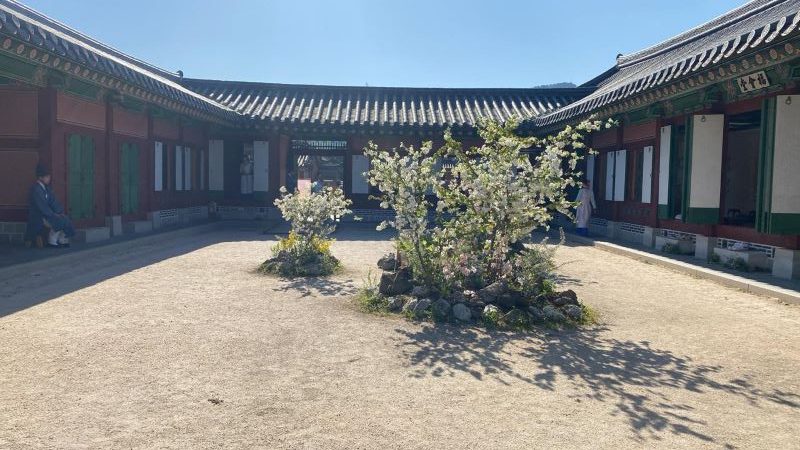
A stroll down the road led me to Hanbok Day, which was the closest Hanbok rental shop to the palace. The moment I entered the place, the sight of several eye-catching designs of Korean clothing delighted me. A helpful intern at the store guided me in choosing a Hanbok. I opted for a black one with a matching hat known as Ikseongwan, which, according to the intern, was worn by the king.
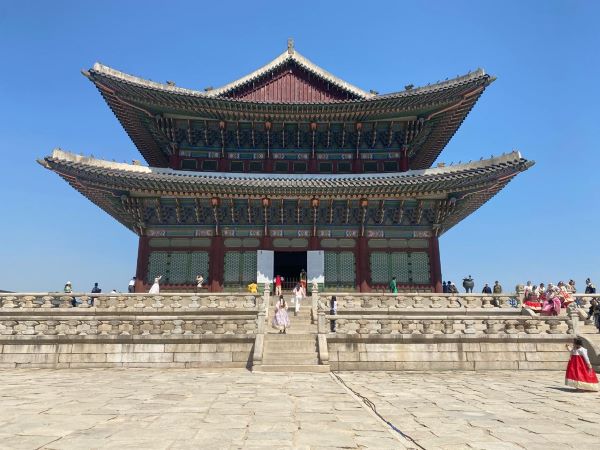
Gyeongbokgung, which roughly translates to “Palace Greatly Blessed by Heaven,” originally dates to the late 14th century. It was built in 1395 by King Taejo – the first monarch and the founder of the Joseon dynasty.
Out of all the five grand palaces constructed during the Joseon period, Gyeongbokgung is the largest and the most aesthetically striking. It remained as the royal residence and the seat of the government until it was ravaged by fire during the Japanese invasion in the late 16th century.
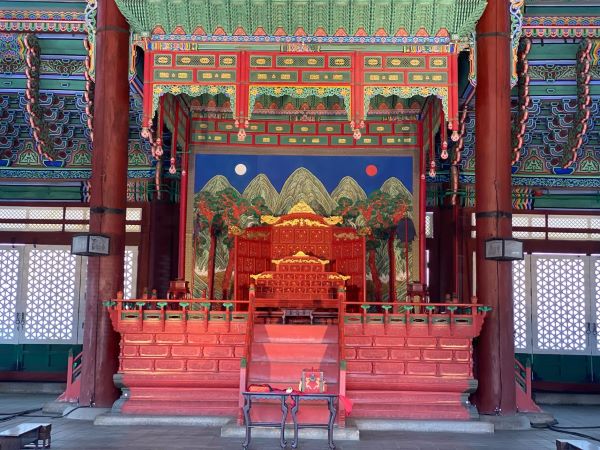
Despite the events across centuries that include damage, abandonment, repair, destruction and the ongoing restoration of the palace to its original form, Gyeongbokgung remains an iconic symbol of Korean resilience and continues to attract visitors from around the world.
As I walked past the Gwanghwamun Gate – the imposing main entrance, and the second inner gate – Heungnyemun Gate, I could feel the grandeur and elegance exuded by the majestic architecture of the palace.
I was awestruck by the sight of the building right in front of me. It was the Geunjeongjeon Hall, which was the largest building in the palace and housed the king’s throne.
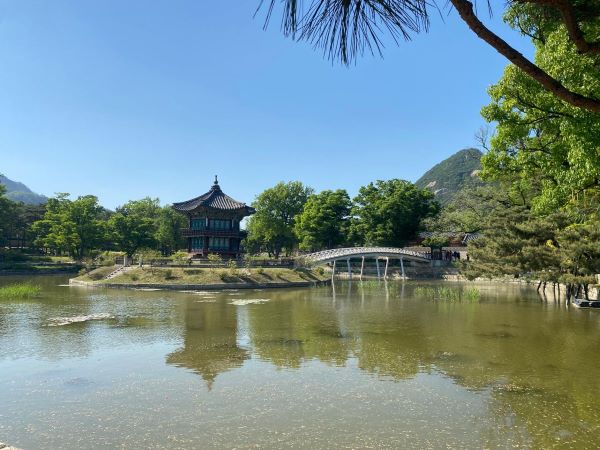
The maze-like detailing of its eaves, supported by vibrant wooden brackets painted in traditional Dancheong style, was spellbinding. For a brief moment, I imagined the coronation ceremonies, reception of foreign visitors and the state affairs that took place within its walls. Throngs of tourists surrounded the hall, most of whom were busy taking selfies with the king’s throne in the background.
Wandering further within the premises, I came across Gyeonghoeru Pavilion – a magnificent two story structure surrounded by a man-made pond. It was once used for the purpose of royal banquets and special celebrations. Coupled with the pond, this pavilion treated visitors with undoubtedly one of the most gorgeous views at the palace.
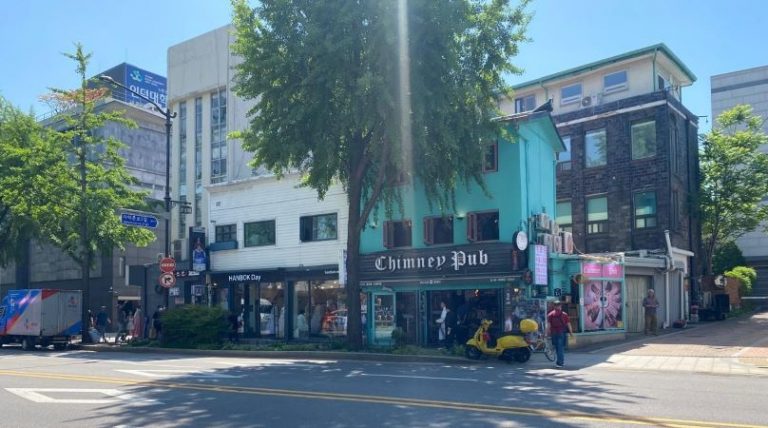
As I walked through the palace gardens, exchanging glances with fellow tourists dressed in Hanbok, I caught a glimpse of the Hyangwonjeong Pavilion. This hexagonal pavilion was constructed on an artificial island and connected to the palace grounds by a wooden bridge. It was such a serene sight that a part of me wished I could stay there as long as I wanted.
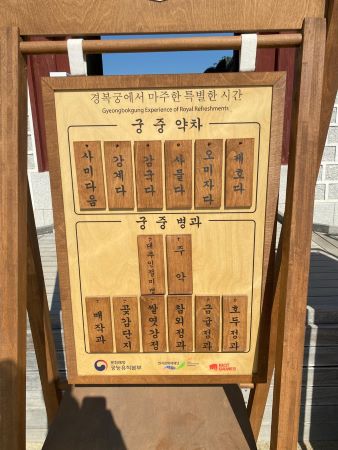
As my day at Gyeongbokgung was nearing its end and I started heading towards one of the exits to reach the Hanbok rental shop in time, I heard a great piece of music coming from inside a hall. Assuming it to be something I must not miss, I decided to follow the melody and it led me to Sojubang – the palace kitchen near the Geunjeongjeon Hall where the king’s breakfast, desserts and special meals were prepared.
At the entrance, I was greeted by a group of young people dressed in traditional Korean attire, who informed me about the Gyeongbokgung Saenggwabang Program – a paid program operated by the Korea Cultural Heritage Foundation, for visitors to learn about and enjoy the royal refreshments and herbal tea. I chose Omija-cha, which is a traditional Korean tea made from dried magnolia berries.
As I took the first sip, I felt like I had truly traveled back in time to the Joseon era. It was indeed a surreal experience which was made even better by classical Korean music playing in the background. On my way out, I said “Gamsahabnida”, meaning thank you in Korean, to the team that worked there.
A sudden realization about the vastness of Gyeongbokgung dawned on me as I struggled to find my way out of the palace grounds in order to reach the Hanbok rental shop in time to return the dress. In the same moment, I couldn’t help but beam with joy as I just had an experience of a lifetime.
I eventually managed to find the nearest exit and headed to the store. My visit to Gyeongbokgung was more than just a tour; it was an extraordinary journey through time which left an indelible impression on me and filled my heart with immense respect for Korea’s rich and vibrant legacy.
Also read: Let there be peace
_____________________
Dr. Rohel Aijaz is based in Karachi, the capital of Sindh province of Pakistan
Courtesy: The AsiaN, Seoul, South Korea